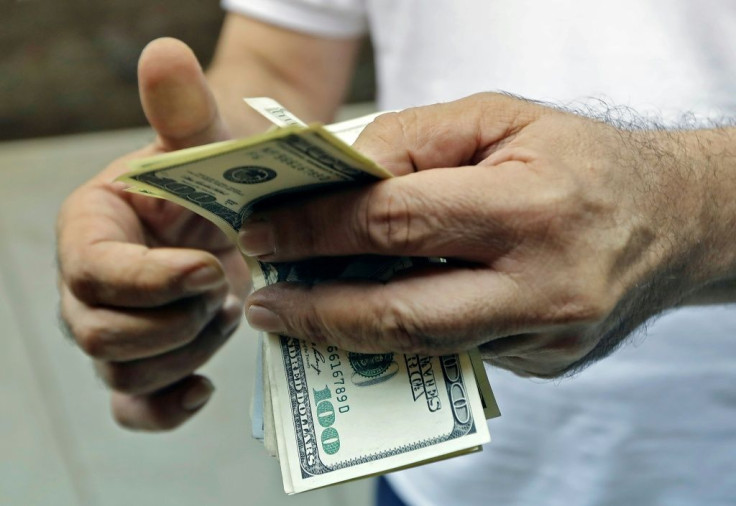Chinese Yuan To Strengthen To 6.70 Against Dollar In 12 Months, Says Goldman Sachs Analyst
KEY POINTS
- Strain in U.S.-China relations could hamper the firming up of the Chinese currency: Pandl
- Yuan’s movement controlled by the People’s Bank of China
- Dollar is going to fall "very, very sharply": Stephen Roach predicted last month
The buzz around the Chinese currency is getting louder.
The yuan will possibly rise to touch 6.70 against the dollar over the next 12 months “primarily (owing) to the health of the Chinese economy,” CNBC reported Zach Pandl, co-head of global foreign exchange, rates and emerging market strategy at Goldman Sachs, as saying.
The yuan was trading at 6.99 to a dollar at 11:59 a.m. London time Wednesday.
Pandl told CNBC’s “Squawk Box Asia that the domestic picture in China "actually looks pretty solid” and that the country is seeing a “pretty good rebound” from coronavirus shock.
Pandl is not the only expert who has recently given an upbeat view of the yuan. Economist and Asia expert Stephen Roach predicted last month that the yuan will strengthen sharply against the dollar. Roach said the Chinese currency would "attract more investors as the country implements a number of reforms to strengthen its economy, shifts the focus from manufacturing to services, and strengthens consumer-led growth."
Roach also predicted that the dollar is going to fall “very, very sharply.”

Recent data from China have shown the country's economy has been more resilient than thought after the economic shock of the pandemic. The country's manufacturing activity as well as exports and imports rose in June.
China’s dollar-denominated exports rose 0.5% in June from the year-ago period, and imports by 2.7%, according to customs data in Reuters. Its trade surplus with the U.S. widened to $29.41 billion, versus $27.89 billion in May.
Pandl pointed to the uncontrolled spread of the coronavirus pandemic and the strained relationship between the U.S. and China as factors that could jeopardize his forecast. “I think we need to recognize that the U.S. dollar is a safe-haven and tends to go up against almost all currencies when the global economy’s turning over,” he said. “If we find out that we don’t really have the virus under control, we’re going back into a double-dip recession ... that would be major risk for all our currency forecasts.”
The dollar is a floating currency and its movement is largely governed by market forces, but the yuan is a fixed currency. Its movement is tightly controlled by the People’s Bank of China (PBOC), China’s central bank. At the start of each day, the PBOC sets a ‘midpoint rate’ to track the currency, and intervene when needed. The currency — known as the onshore yuan (CNY) — is permitted to trade within a 2% band above or below this midpoint rate. Larger deviations from this mean band can lead to intervention by the PBOC. The central bank then buys or sells the currency to cap volatility. Factors that govern the setting of the midpoint rate are the yuan’s previous day close and quotations from inter-bank dealers.
The offshore yuan (CNH), is not as rigidly controlled by the PBOC and can also be traded in other countries —Singapore, London and New York, Hong Kong and Luxemberg. Though the CNH’s exchange rate is influenced by market forces, China’s central bank intervenes by using its foreign currency reserves if the spread between the two – the CNY and CNH — widens. Chinese foreign exchange reserves rose to $3.112 trillion in June from $3.102 trillion in May, hitting the highest since January, according to data from Trading Economics.
© Copyright IBTimes 2024. All rights reserved.






















